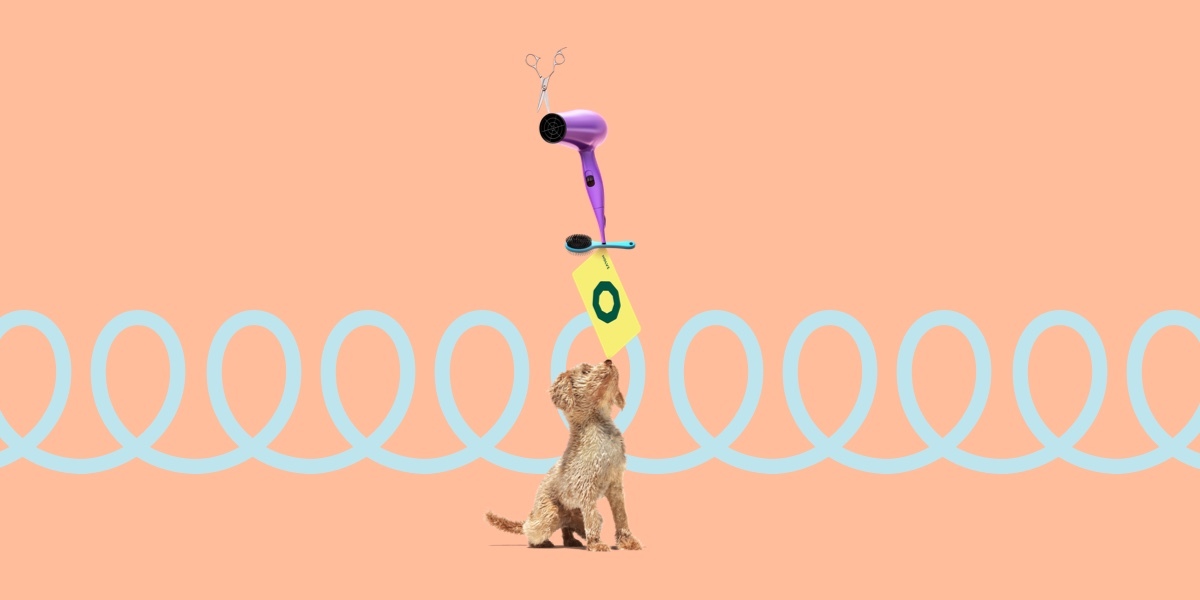Wake up. Work. Sleep. Repeat.
Not anymore. You’ve set out on a path to find balance. But… how do you start?
At Holvi, we think it goes something like this:
- Understanding your values comes first, because
- Your values help you prioritise what matters most
- And balance comes from doing meaningful work
- Only by working efficiently can you achieve this
- And efficiency comes from finding focus
- Focus comes from eliminating distractions
And that’s where we step in! But first let’s break it down into bite-size pieces.
|
Note – This is just a starting point Although it might first look like it, this article isn't a comprehensive guide. It offers a practical way to think about what work-life balance means to you – but each step will take individual work and self-reflection. Here's to starting the journey! |
1. Understanding your values
Everyone has different values. And people’s values change over time. As values change, so do priorities and our sense of balance.
‘Balance is a subjective evaluation, always changing based on our shifting values and priorities.’
When you’re just starting out as a freelancer, maybe you value money above all else because to you it symbolises success. But as your self-employment stabilises into a long-term career, you come to value other things – such as time for family, hobbies, fostering ties within your community.
It's perfectly normal for values to change over time. In fact, it's often a sign of growth.
2. Zeroing in on your priorities
Picture it like this…
If you’re a freelancer travelling around the world on an endless journey of self-employment, your priorities are how you effectively navigate the changing landscape as you traverse Canadian prairies, the Atlantic Ocean, the Black Forest of Germany and the crystalline beauty of Finland’s snowy Lapland – oooo, pretty.
Your values might be like tectonic plates shifting more slowly underfoot, changing the landscape itself over time.
The good news? With the right tools and planning, you can prepare for what landscape you’ll encounter next – making that journey a bit easier, so you can admire the scenery!
|
Tip – VAT deadline coming up? You can plan for that. Holvi’s real-time VAT calculator shows how much you owe and what you can claim back! If VAT payments are little rainstorms on your journey of self-employment, Holvi is like a good raincoat keeping you warm and dry. Go on, dance in the rain. Explore more expense management tools here. |
3. Actually doing meaningful work
Work-life balance comes from knowing what kind of work brings meaning to your life, prioritising it and then being able to actively carry out that work without deviating or getting bogged down in admin or other distractions.
It’s not a 50/50 split between time spent at work and outside of it (i.e., the rest of your life).
‘When you’re satisfied both at work and at home in equal measure, it matters more than drawing an artificial balance line.’
It’s normal for people with meaningful jobs to pour everything into their work. This doesn’t mean they lack balance. It can actually be quite the opposite.
But… how do you carry out the meaningful work, exactly?
4. By working efficiently
The School of Life, an international emotional intelligence think tank, compares the human brain against an Audi V6 engine – one of the most powerful and efficient engines in the world. Whereas the V6 is designed specifically to propel a car along a stretch of tarmac, the human brain is ‘profoundly generalist’ and ‘comes moderately equipped for a huge range of possible activities’.
As humans, we have many competing drives at play all the time. Filtering out the unimportant ones throughout the workday is an immensely challenging task.
The School of Life goes on to say,
‘Although focus is something we value, it isn’t – and can’t be – the only thing we care about. It has to be put into the mix with other concerns. We might well accept a measure of inefficiency – in professional and personal life – in exchange for diversity and less boredom.’
Perhaps in no field is this trade-off more pronounced than in self-employment.
5. By finding focus
A 2019 study by tech company RescueTime on work-life balance studied over 185 million hours of working time and found:
- 21% of working hours are spent on entertainment, news and social media
- Workers average just 2 hours and 48 minutes of productive time a day
- 40.1% of our day is spent multitasking with communication tools
- 26% of work is done outside of normal working hours
These findings show a clear picture. People are struggling to stay focused at work, and as a result work is bleeding into their personal lives.
So... the final piece of the puzzle. How can you stay focused?
6. By eliminating distractions
Look at any professional athlete’s daily routine, like Usain Bolt in his prime. He wasn’t an expert in all things. He focused on one thing, running super fast, and excelled in cheetah-like fashion – sort of like Audi’s V6 engine but with a glowing smile.
Imagine if during each training session the track was flooded with wild animals. Do you think Mr Bolt would have become world champion? Doubt it.
Unfortunately, you’re not Usain Bolt (but you can be like him!). As a small business owner you don’t have the luxury of focusing on just one thing. You have lots of competing tasks, stuff that more often than not isn’t exactly your passion or expertise.

Holvi helps you find balance
It's like this:
If the work – your passion – is a 100m sprint, then taxes, invoicing and expense reports are like a pack of wild armadillos and rattlesnakes crawling across the track making you stumble.
We built Holvi to help tidy away some of the distractions. By automating financial admin and handing you clear business insights, we help limit a time-consuming but necessary distraction.
So you can stay focused, work efficiently, achieve meaningful work, honour your values…
And find your balance.




/6_how_it_works.png?width=477&name=6_how_it_works.png)